Genital Skin Tags: Symptoms, Causes, Treatment, & Prevention
A deeper insight into why these tags appear and the various ways to treat them.
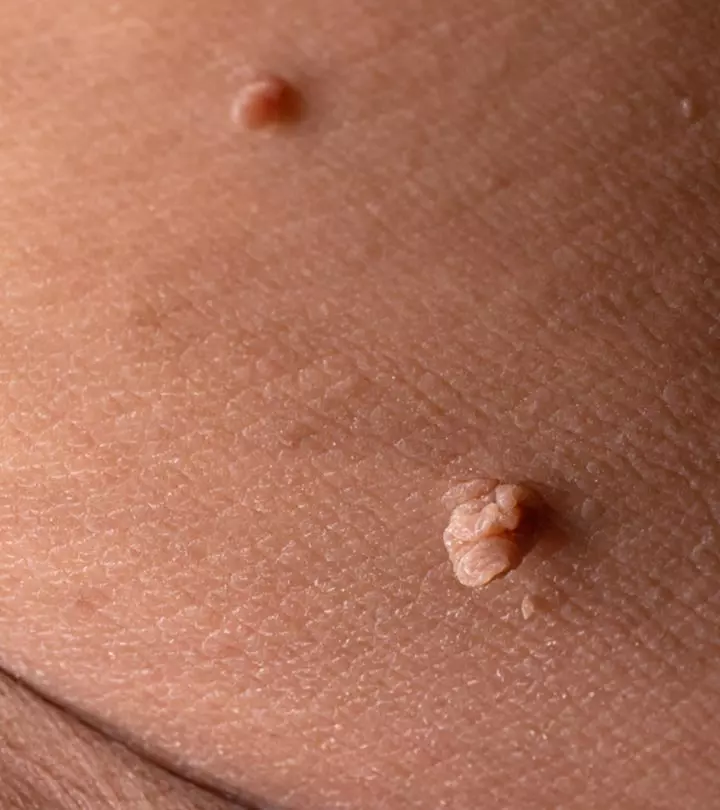
Image: Shutterstock
Skin tags, also known as acrochordons, are harmless growths that appear on skin folds and affect almost 25% of the population. They can be found on your face, neck, or even the genitals. Read on to understand more about them and treatment options.
In This Article
What Is A Genital Skin Tag?
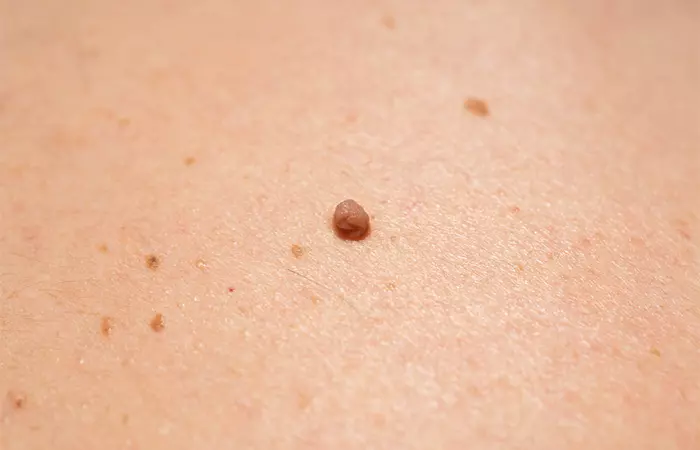
A genital skin tag is the same as a regular skin tag only that its located in the genital area. They are harmless and painless unless when pinched or rubbed, which causes them to become itchy and irritable.
Male genital tags are found on the scrotumi A part of male genitalia that looks like a pouch and contains testes, epididymis (a duct), and the lower part of the blood vessels. and in very rare cases on the penis (2), while females have them near the pubic region, vulvai The outer part of the female genitalia that plays a role in the individual's reproduction and urination. , and labia majora. These tags are generally 2-5mm in size and are harmless (3).
In the next section, let us look at some of the symptoms of genital skin tags.
Key Takeaways
- Genital skin tags are harmless and appear as a tiny bump on the skin. They may cause itching and irritation when rubbed. Often, they are found in places, like armpits and the genital areas.
- Treatment options available include cryotherapy, cauterization, ligation, and excision.
- They can also be minimized by wearing loose fitted clothes and limiting consumption of sugary foods.
Symptoms Of Genital Skin Tags
Genital skin tags have the same symptoms as regular skin tags.
- They appear as tiny bumps on the skin that is soft to touch.
- Over a period of time, they grow into a flesh-colored piece of skin attached to the surface of the skin by a stalk.
- You can develop blood clots and a painful sensation if you twist the stalk of the skin tag (4).
However, seek medical assistance if:
- The skin tag changes color or size suddenly.
- The skin tag becomes painful or bleeds.
- You notice new skin growths in the genital area.
This is to rule out any serious conditions or infections.
 Quick Tip
Quick TipNow that you’ve understood the symptoms of genital skin tags, you are likely to be more careful with them. In the next section, let us look at some of the causes of genital skin tags.
What Causes Genital Skin Tags To Appear?

There are no definite reasons as to what causes skin tags to appear. Researchers suspect that when clusters of collagen and blood get trapped inside a piece of skin, skin tags appear (4). They also tend to appear commonly in areas where your skin folds, like your armpits, under your neck, and genital areas (4).
Genital skin tags may also appear if you are obese, diabetic or have genetic diseases (4), (5).
These skin growths may be a sign of a benign tumor. They are often confused with genital warts, which are caused by sexually transmitted infections like HPV. Keep reading to learn how to differentiate between the two.
How To Differentiate Between Genital Skin Tags And Genital Warts?
- Skin tags are usually small, soft, and flesh-colored with a smooth surface, while genital warts often have a rough texture.
- Skin tags can occur anywhere on the genital area but are often found on the folds of the skin. Genital warts are more commonly found on the external genitalia, inside the vagina, or around the anus.
- Skin tags are generally single and may vary in size, whereas warts can appear in clusters and may grow larger over time.
- Skin tags are typically painless and do not cause itching or discomfort, while genital warts might be itchy, sore, or cause discomfort.
- Skin tags are stable and do not change rapidly, but warts can grow and spread quickly, and their appearance might change.
- Skin tags are often caused by friction or irritation, while genital warts are caused by certain strains of the human papillomavirus (HPV).
If you are unsure or notice any changes, it is best to consult a healthcare provider for an accurate diagnosis and appropriate treatment.
Now, let’s see how genital skin tags are diagnosed in the section below.
How Are Genital Skin Tags Diagnosed?

If you notice any sort of bumps or anything out of the ordinary in your genital area, you should consult your doctor. Women can consult their OBGYN and men can consult their general physician if they notice any abnormal bumps or pimples near their genitals.
During your examination with the doctor, he may ask a few questions to ascertain whether you have a genital skin tag or an STD, your sexual history will also be part of the conversation to help the physician know what exactly they are dealing with. If it is a harmless skin tag, you won’t require further tests. Regular visits to your doctor can help you keep track of any changes in your skin. This way, if something unusual comes up, it gets checked out quickly and properly.
When diagnosing vaginal skin tags, your doctor will perform a pelvic examination where tissue cultures will be collected to understand the cause of the growth.
 Quick Tip
Quick TipWhat Are The Treatment Options Available For Genital Skin Tags?
Though harmless, some people may want to remove them because of aesthetic reasons and also as they may cause interference during sexual intimacy. While some people swear by unconventional methods like removing skin tags with nail polish there are other procedures of doing it. Here are 4 cosmetic surgeries or procedures you can choose from to remove genital skin tags.
There are 4 procedures that you can choose from to remove genital skin tags.
1. Cryotherapy
This is a non-invasive procedure where the doctor uses liquid nitrogen to freeze the genital skin tag which falls off on its own after 4-5 days of the procedure.
2. Cauterization
In this process, the doctor burns the genital skin tag and it drops off after a couple of treatments.
3. Ligation
A surgical thread is tied to the genital skin tag to cut off blood flow, causing it to gradually fall off.
4. Excision
With the use of a local anesthetic, the doctor uses a surgical knife to cut the skin tag.
Are you wondering if genital skin tags can be prevented? Let us find out in the next section.
How To Prevent Genital Skin Tags?

The following are some of the ways genital tags can be prevented:
- Avoid wearing tight-fitting clothes and undergarments.
- Exercise regularly for 30 minutes to keep your weight in check.
- Avoid sugary foods.
It is important to understand that following these tips may help in minimizing the chances, but, no scientific evidence has backed these up.
In the next section, we will see how you may be able to get rid of genital skin tags.
How To Get Rid Of Genital Skin Tags?

To remove skin tags near the genital region, people try many over-the-counter medications and home remedies that are not recommended by doctors. Household ingredients like tea tree oil, apple cider vinegar, and iodine are some of the items known to be used at home for skin tags.
Infographic: Easy Ways To Treat And Get Rid Of Genital Skin Tags
Skin tags are abnormal, harmless growths on the skin folds like on the face or neck. They arise for many reasons, and they are generally harmless and painless unless irritated. However, those occurring on the genitals may cause some discomfort. But worry not – getting rid of such skin tags is fairly straightforward. In the following infographic, we have listed a few easy ways to treat and get rid of genital skin tags. Take a look. Illustration: StyleCraze Design Team
In conclusion, all skin tags are the same – they are benign lesions and are not a skin disease.
Although you cannot prevent genital skin tags, if left alone, they cause no harm. Rubbing them and twisting them may cause irritation and even bleeding. However, they can be permanently removed with assistance from a medical doctor.
Frequently Asked Questions
What can be mistaken for genital warts?
Moles, skin tags, or the small bumps found on the genital areas may be confused for genital warts.
Can you pop a genital wart?
No, you should not pop a genital wart. Popping a genital wart may lead to bleeding or infection.
Will a genital wart go away by itself?
In some cases, a genital wart may go away by itself. Otherwise, you may follow home remedies or medical treatment to get rid of them. Home remedies for skin tag removal are surprisingly very effective.
What happens if you leave genital warts untreated?
If left untreated, genital warts may go away on their own or make you more uncomfortable. Sometimes, these warts may also spread.
How long do genital warts last?
Genital warts may last for a few months or years. That is why it is always best to get them treated on time.
Hymenal skin tags may be harmless but they are unwanted nonetheless. Experience professional skin tag removal techniques guided by experts. Watch this video to learn about safe and effective methods for getting rid of skin tags and achieving smooth, blemish-free skin.
References
Articles on StyleCraze are backed by verified information from peer-reviewed and academic research papers, reputed organizations, research institutions, and medical associations to ensure accuracy and relevance. Read our editorial policy to learn more.
- Just a pinch
https://www.ncbi.nlm.nih.gov/labs/pmc/articles/PMC5154651/ - Normal Variants in Patients Consulted in The Dermatology Clinic For Lesions of The Male External Genitalia
https://www.ncbi.nlm.nih.gov/labs/pmc/articles/PMC3921764/ - Giant Skin Tag on The Labium Majorum
https://www.ncbi.nlm.nih.gov/labs/pmc/articles/PMC5419766/ - Skin Tags (Acrochordon)
https://www.researchgate.net/publication/343254855_Skin_Tags_Acrochordon - Skin Tags
https://www.ncbi.nlm.nih.gov/books/NBK547724/
Read full bio of Dr. Sanober Pezad Doctor
Read full bio of Reevan Vishwas Rego
Read full bio of Anjali Sayee
Read full bio of Swathi E








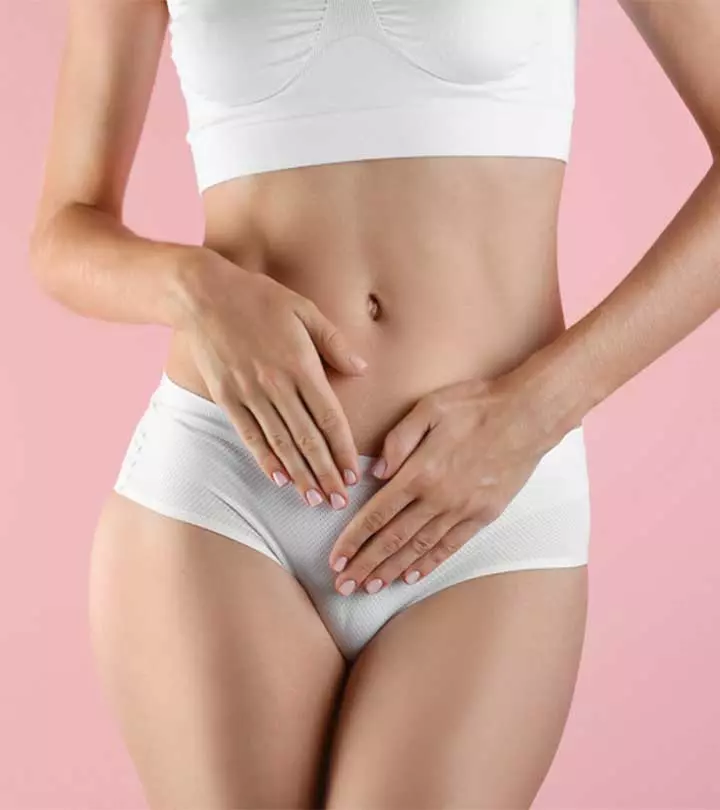


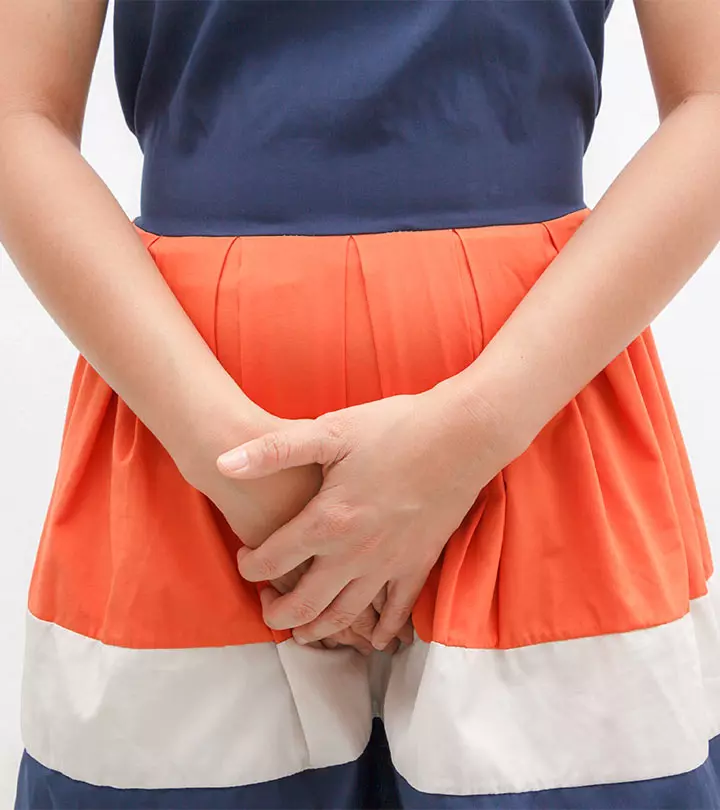


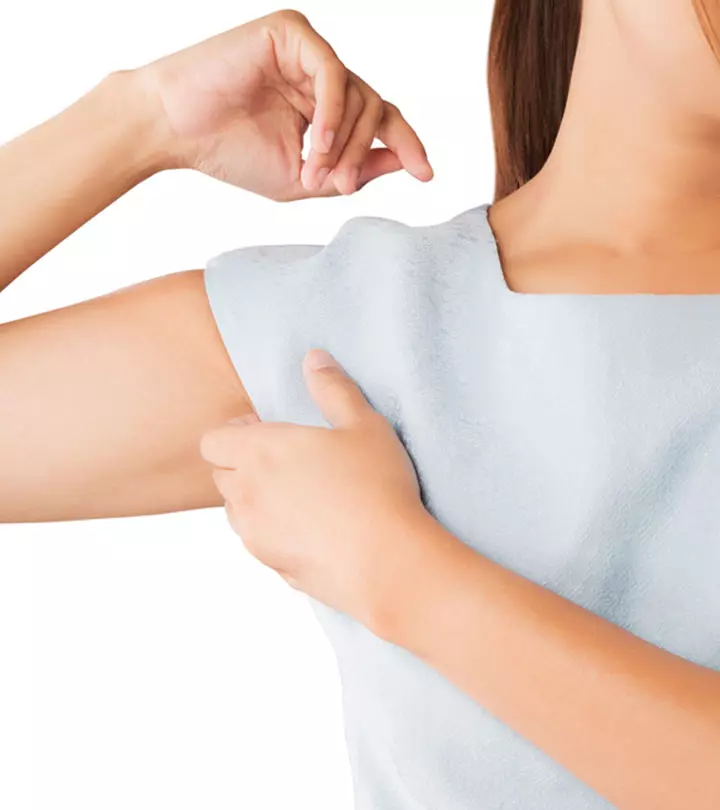
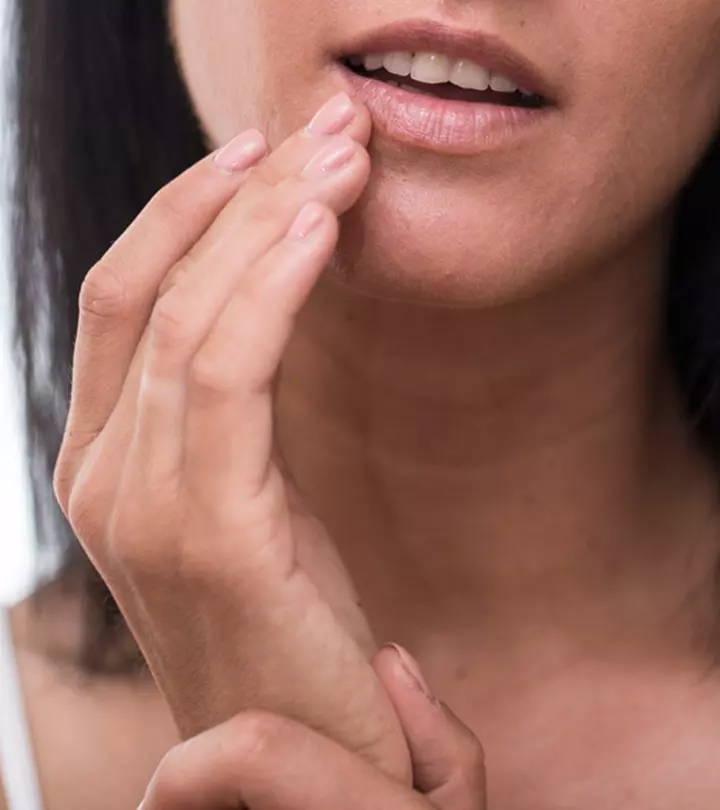



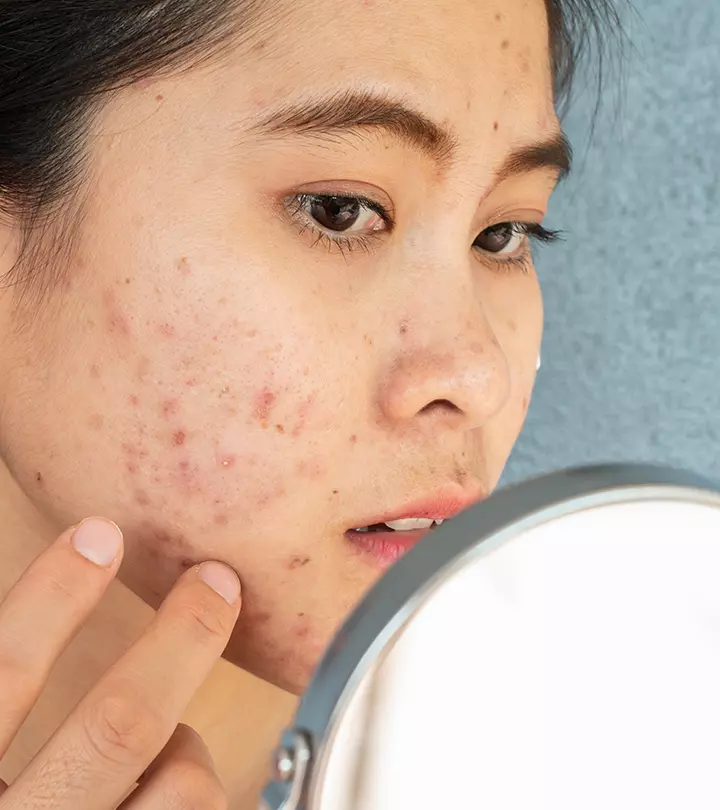








Community Experiences
Join the conversation and become a part of our empowering community! Share your stories, experiences, and insights to connect with other beauty, lifestyle, and health enthusiasts.